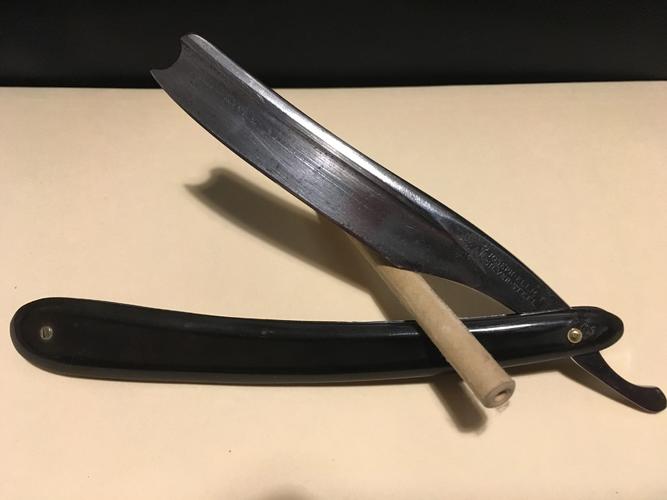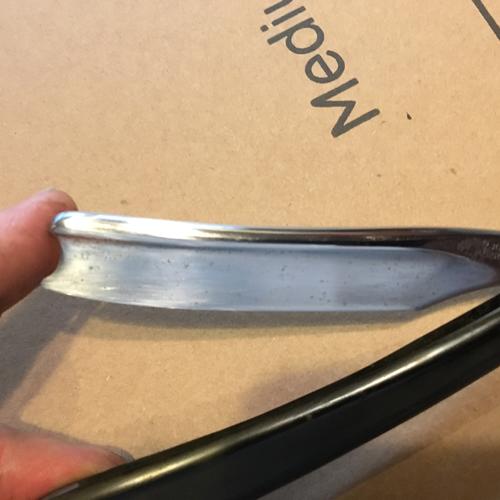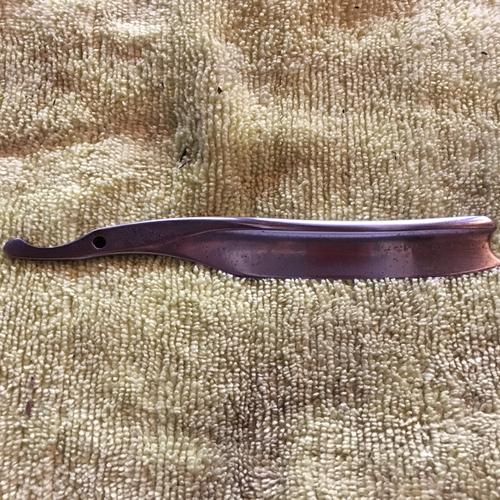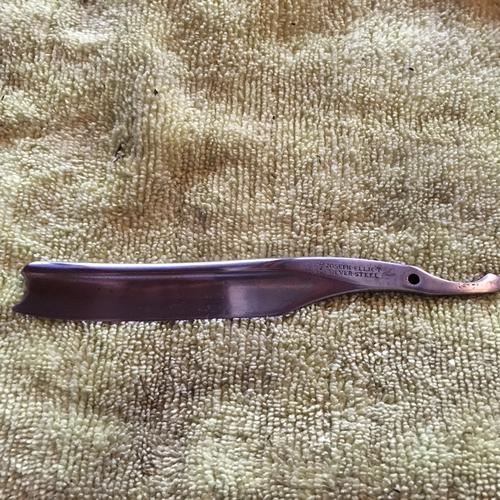Results 1 to 10 of 24
Threaded View
-
06-10-2018, 07:37 PM #1Member

- Join Date
- May 2018
- Location
- San Mateo County, California
- Posts
- 48
Thanked: 3 When to move to from sanding to buffing with compound?
When to move to from sanding to buffing with compound?
Hi All -
Btw I also posted on another forum so those who see this twice please excuse.
Could use some Pointers on when it's time to move from sanding to buffing with compound as the only thing I have ever buffed if my cars... I'm working on my first restore/cleanup on a Joseph Elliot and it has a good amount of pitting scars after two rounds of sanding. I don't think I want to make it pristine nor should I try...
Has anyone used the buffing compounds from Harbor freight?
any pointers is always much appreciated.
I think making progress...
The Starting subject

After first round

Now after 2 rounds to 150 - 1500grit




 40Likes
40Likes LinkBack URL
LinkBack URL About LinkBacks
About LinkBacks







 Reply With Quote
Reply With Quote